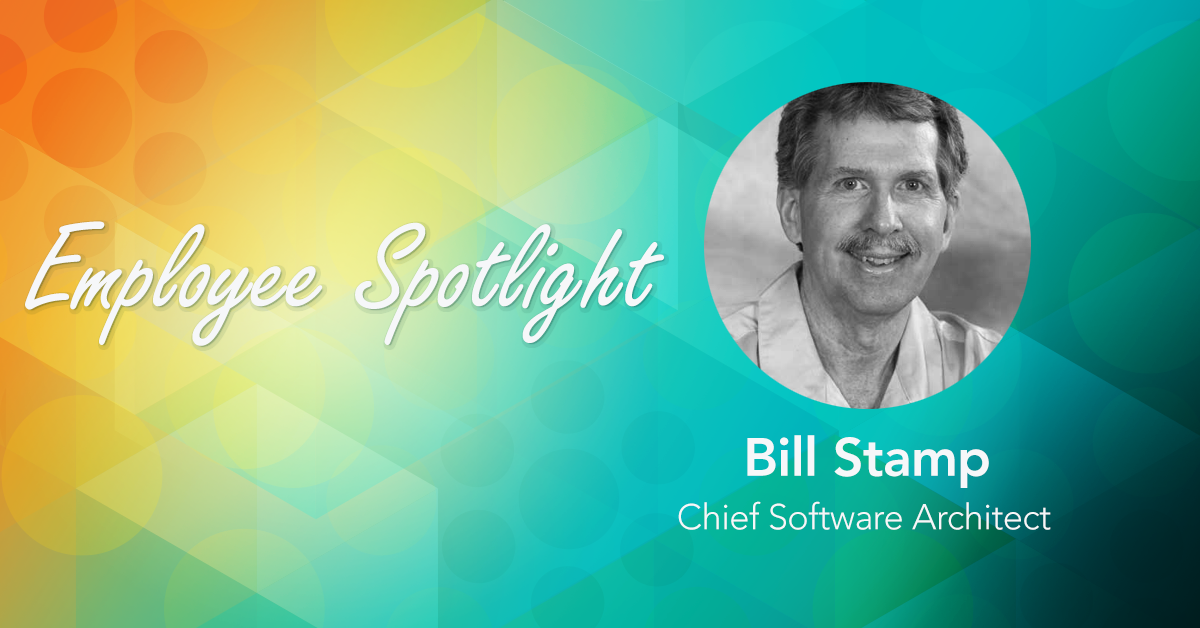A newcomer to the engineering data management marketplace might quickly come to the conclusion there are two options if wanting to upgrade from Windows Explorer as a management tool. The first is to buy a system that helps engineers in a workgroup manage design files (PDM); the second is to buy a specialized database (PLM) that breaks down all information—CAD data and everything else—and stores it separately from the familiar files/folders structure. For many businesses looking to upgrade their engineering automation, the first option is too limiting and the second is too massive.
PDM vs. PLM
The traditional PDM (Product Data Management) approach is to make the CAD document the center of the universe. The PDM software manages sets of linked files for version control, synchronized check-in/check-out, and controls access right. The PLM (Product Lifecycle Management) approach requires the enterprise to import all data (CAD and from every other electronic document used in engineering) into a relational database, and then to adopt new workflows based on the design of the PLM system.
Most engineering companies are happy with their workflow, and the various document types they have created to support their workflow. They don’t want to reinvent their processes; they want to automate their processes. Automating processes without re-inventing engineering workflow is the middle way to success. Business documents created by the engineering group (or the entire company) define the workflow, not the software.
Too often the problem is not the files or the engineering workflow, but the simple act of finding information. One study on productivity in the marketplace recently concluded a company with 1,000 employees wastes between $2.5 million and $3.5 million per year, searching for nonexistent information, failing to find existing information, or recreating information that can’t be found. That’s $3500 per employee in lost productivity.
There are plenty of companies with solutions that simply manage CAD files, and there are plenty of companies that want to turn all your information into database fields and reinvent your workflow. But the market for solutions that respect your existing automation and your existing documents (beyond CAD) are few and far between. We should probably refer to the middle way not as PDM or PLM but EDM—engineering document management.
The Advantages of Synergis Adept
If you need more than a CAD file manager, but aren’t ready to commit to either a new IT infrastructure or a cloud deployment for PLM, Synergis Adept is the clear leader taking the middle way. For years it has been offering the ability to search for information in any document, independent of the document’s location on the global network. It can find files without the user knowing the file or folder names. Adept can track attribute and property data from Autodesk AutoCAD or Autodesk Inventor, Dassault Systemes SOLIDWORKS, or Microsoft Office files, eliminating duplicate data entry.
The middle way is about streamlining engineering processes, not reinventing them. The middle way makes it possible for companies of all sizes to replace the chaos of nested file folders on servers scattered around the network. It ensures all electronic documentation—including email, CAD files, and Microsoft Office documents—are secure, accurate, and accessible to the right people at the right time.
So often the buzz in the tech media is about the latest and greatest trends. But cutting edge is too often bleeding edge. The middle way offered by Synergis Adept is the best of what both PDM and PLM offer, without the CAD-only limitations of PDM or the reinvention of everything inherent in PLM. Learn more about Adept by contacting the team at Synergis Software.
Randall S. Newton is the principal analyst and managing director at Consilia Vektor, a consulting firm serving the engineering software industry. He has been directly involved in engineering software in a number of roles since 1985.



